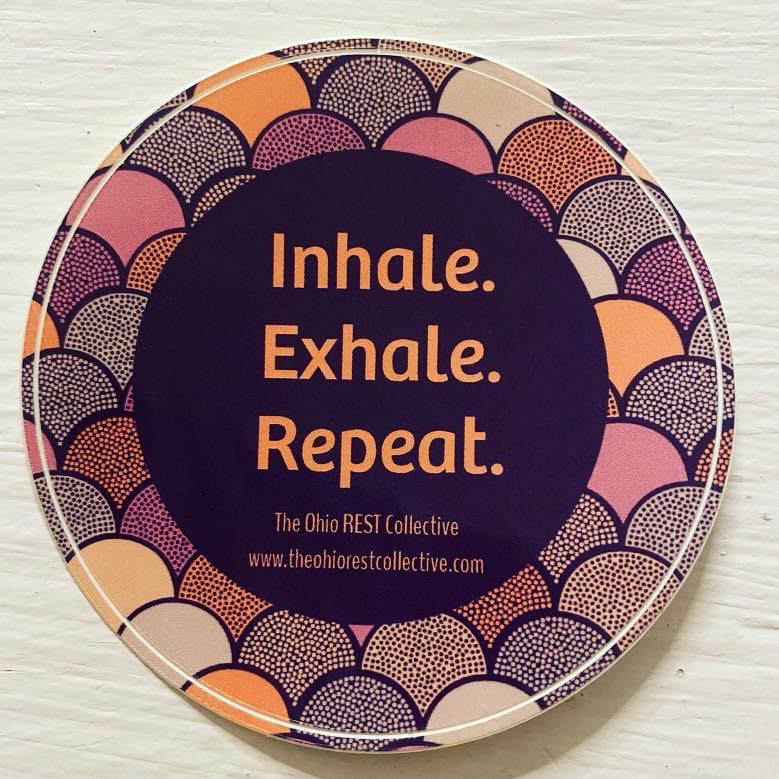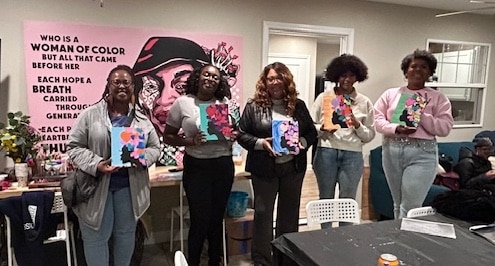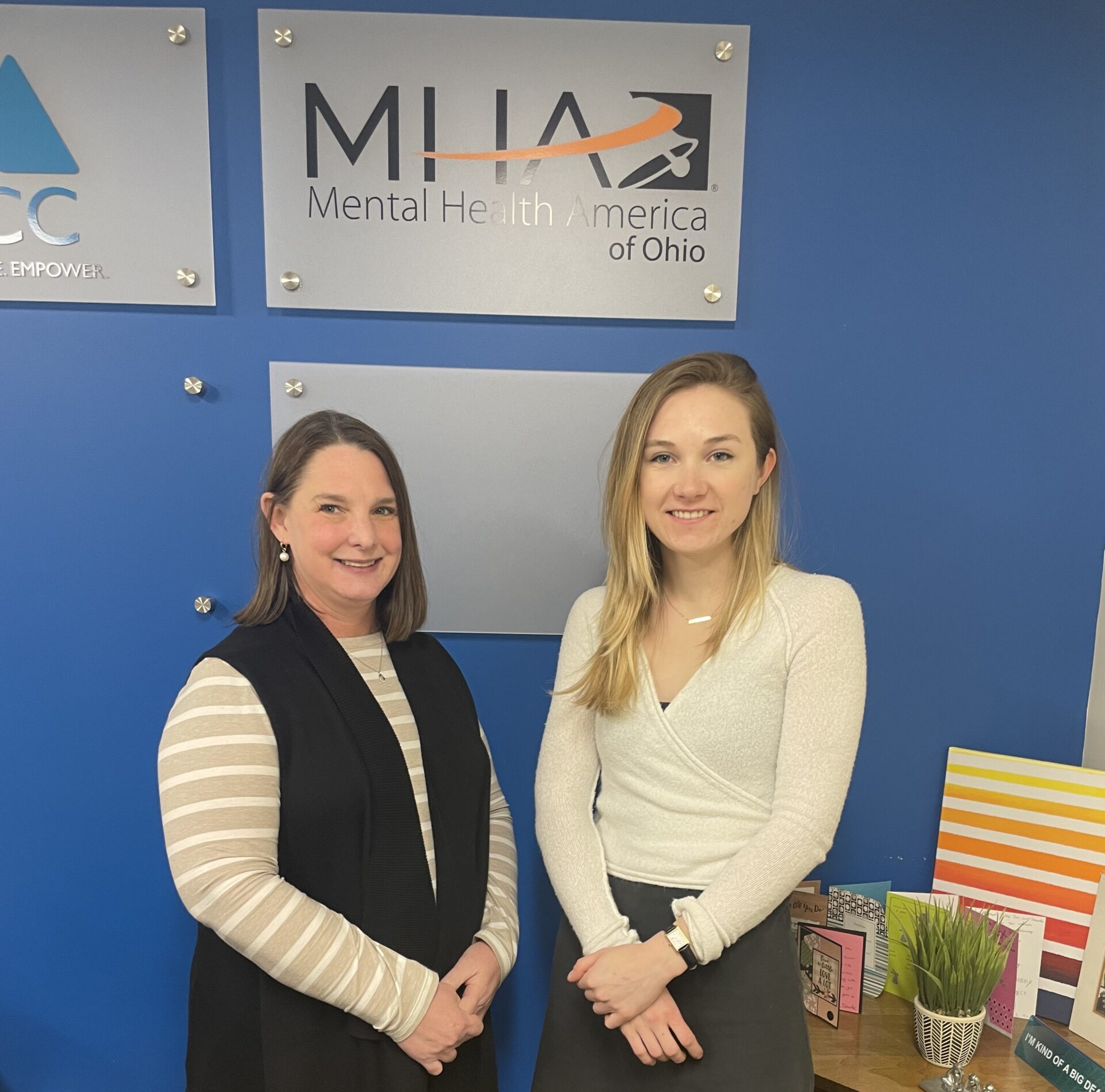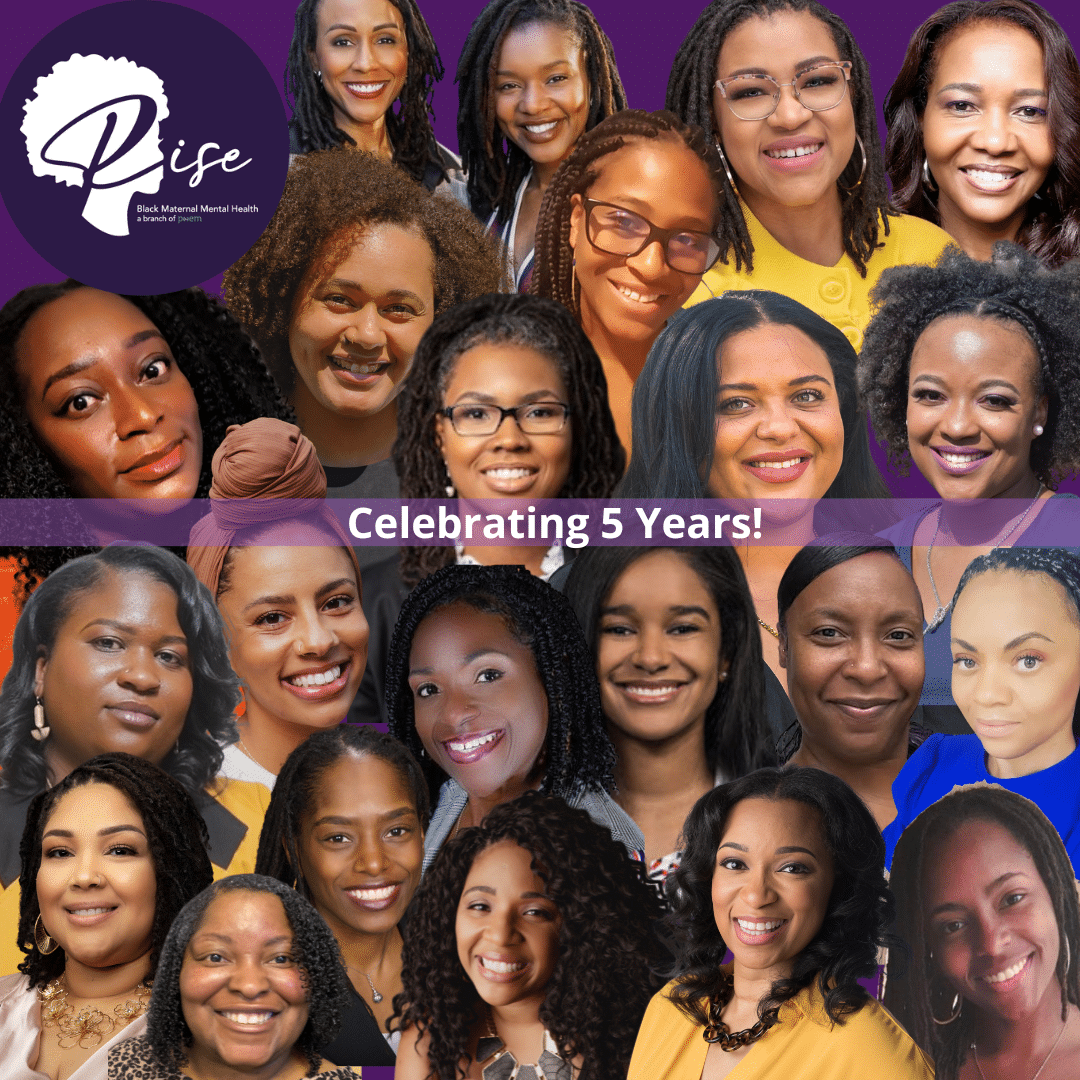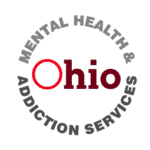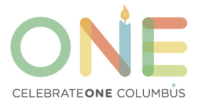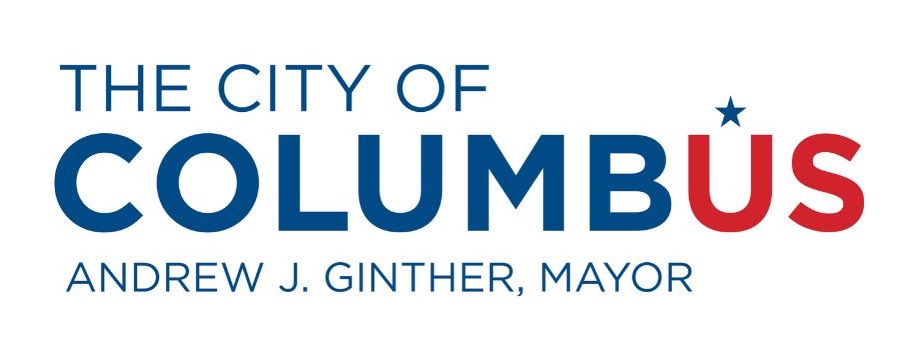 This week, we continue our conversation with Erin Upchurch, MSSA, LISW-S, Executive Director of Kaleidoscope Youth Center, and co-founder of The Ohio REST Collective.
This week, we continue our conversation with Erin Upchurch, MSSA, LISW-S, Executive Director of Kaleidoscope Youth Center, and co-founder of The Ohio REST Collective.
When Erin Upchurch brings up rest, she finds people get uncomfortable. Their first reaction is often, “Oh, I’m too busy for rest,” so she has to challenge the idea that rest and life are in opposition to each other. It’s similar, she says, when The Ohio REST Collective works with organizations, “because they want to know how it’s going to impact their productivity and their workflow.” Erin says that introducing the idea of rest into an organization can be disruptive at times, even though the end result is beneficial. “When people realize they have an opportunity to feel at rest and they haven’t been getting it, that can be radical.”
Erin also finds people resist the idea that one can be at rest while they are working. Earlier this year at Kaleidoscope, she instituted a practice of starting full staff meetings with three minutes of collective breathing. One team member expressed some discomfort, saying they weren’t prepared for stillness or breathing. Erin wonders about how we’ve set up our lives if we have to prepare and plan to breathe when it is something our bodies do naturally. She calls breathing our birthright and says we can access it but must give ourselves permission to do so.
While Erin has always used a trauma lens in her practice, over the past ten years she has developed a new framework that she traces back to learning about the work of Dr. Bruce Perry. “When he talked about the nervous system, and fight or flight and being regulated, that made so much sense to me, not always being in our adaptive strategies but to be at a place of rest.”
What is true for individuals is also true for communities and organizations, Erin says, and incorporating rest not only benefits the nervous systems of individuals but of an organization’s nervous system as a whole.
“Organizations can be in fight or flight mode; they can be in survival mode,” she says. “They can be in their adaptive strategy, especially if the organization has layers and a foundation of practices and systems that are not generative for their teams and employees.”
These changes become especially important when an organization’s systems are actively causing harm, as in the case of racial inequity. Because an organization is a collective system of individuals, “if there’s a group or even one or two people that don’t feel that sense of rest and safety … it’s going to make the whole organization spin differently,” Erin warns.
Erin’s work to transform systems within an organization allows her to address the trauma and dysregulation that impacts individuals. For example, organization leaders and supervisors often tell employees to practice self-care and make it a priority. But, too often, Erin says, “We tell our teams to take care of themselves, but we don’t create the environment, or like I say, prepare the field, for that to happen.”
After years as an employee in different settings and then as the head of Kaleidoscope, she saw staff having to choose between sick time and vacation time causing a lot of stress and burnout. This led her to institute a policy of unlimited and flexible paid time off, allowing staff to use their time as they need.
Although the pandemic disrupted work for many, Erin appreciates the conversations she is hearing now among her colleagues and in the media about transforming the way we work to better fit individual work styles. As a leader, she acknowledges the challenges and the different needs she must consider – productivity, deliverables, and the wellbeing of the youth she serves – but knows too that if her staff is not in a place of rest and wellness, they can’t do the work.
Throughout her professional life, Erin’s work has focused both on supporting marginalized people by building spaces of belonging, spaces for rest, and “empowered resilience,” and also on challenging the existing environments that force people to be resilient. A sense of safety and security are among our most basic needs, Erin says, and we know from decades of brain research that “being in survival mode is actually not a place to live. We know that it increases cortisol levels, adrenaline, high blood pressure, and then longer-term negative outcomes.” She points to her own experience navigating the world as a queer Black woman, knowing that she has access to resources many others in marginalized communities do not.
“We want to create spaces where [marginalized people] don’t have to be resilient and strong just to live,” she says. “We want to create spaces where folks get to be at a place of rest and experience a sense of safety that allows them to thrive.”
MHAOhio’s annual Youth Mental Health Conference will take place virtually on September 29. Erin will be presenting on Empowered Resilience: Engaging in Culturally Responsive and Trauma Supportive Care for Marginalized Individuals and Communities. Register for the conference to learn more.


